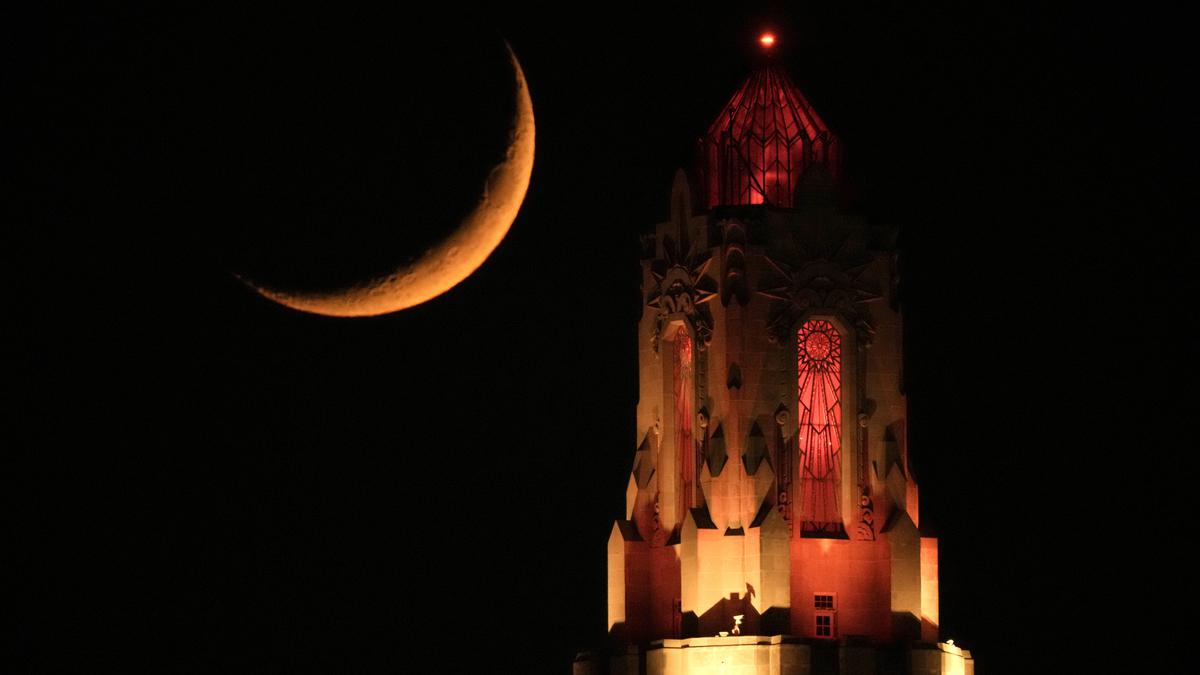
Science for All | What is da Vinci glow? Premium
The Hindu
In this week’s Science for All newsletter, Priyali Prakash writes on the ‘da Vinci glow’ that would be visible around the new moon
Last week, experts predicted that a ‘da Vinci glow’ would be visible around the new moon on May 19. In this week’s edition of Science for All, we look at what it is and why it is named after the Renaissance artist and scientist Leonardo da Vinci.
The da Vinci glow is a phenomenon that happens close to sunset. On some days, when a crescent moon is on the horizon, the outline of the full moon is visible right after the sun sets, and the sky is dark but not completely dark. This glow is also called earthshine, since it occurs due to light reflected from the earth and not the sun. According to the National Aeronautics and Space Administration (NASA), earthshine makes night on the moon 50-times brighter than a full-moon night on the earth.
That is, earthshine is the sunlight first reflected by the earth’s surface, and then it’s reflected by the moon before it reaches our eyes. Since it is reflected twice, it is dimmer than the visible part of the moon and thus appears as a faint glow. This is the da Vinci glow.
The phenomenon is named for Leonardo da Vinci (1452-1519), the first person to describe it in the 16th century. Of course, without access to advanced scientific equipment and data, the theory was not foolproof; he also lived before Copernicus, and the Copernican theory of the solar system. However, da Vinci combined the artist in him, to understand how light and shadows could have caused earthshine, together with the mathematician. Before da Vinci’s theory, the “ashen glow” of the moon was often called the “old moon in the new moon’s arms”.
His explanation had a few flaws that have since been corrected by advancements in technology and lunar exploration missions, like Apollo 11. For example, da Vinci predicted that the earth’s oceans are the primary source of earthshine. This is incorrect. When astronauts aboard Apollo 11 looked at the earth from space, they figured clouds were the primary source of earthshine.
According to NASA, it’s easy to spot the da Vinci glow on days when the moon is shaped like a crescent and the skies are clear.
What is the fate of earth after five billion years? Find out here.

The crowning achievement of American inventor William Painter’s career was, well, inventing the now-ubiquitous crown bottle cap. Oh, and not to forget, the bottle cap lifter to open these crowns, or what we simply call the bottle openers. A.S.Ganesh tells you how Painter changed the bottling industry forever…










